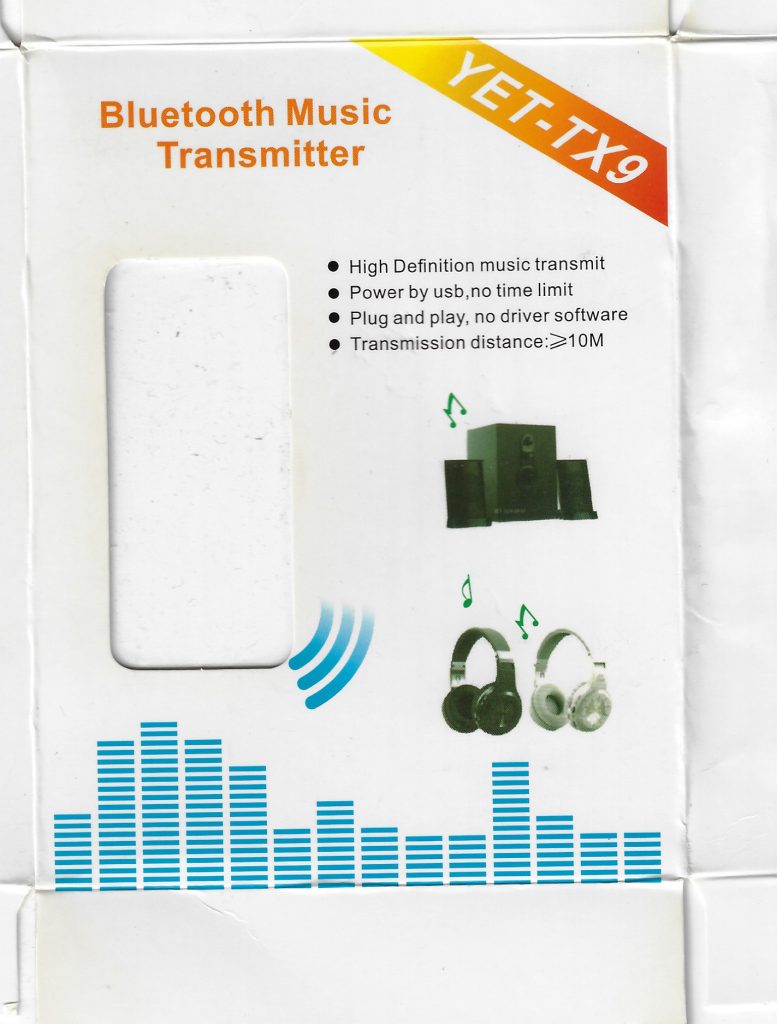This 3D printer was built back in 2015, I am adding this post here because I don’t remember much about it and i would need to rebuild it today for a certain project i have in mind.
My 3D printer, Prusa i3 with RAMPS 1.4 and a heated bed, started off with the config file from the FolgerTech i3-2020, the 0.4mm Brass Extruder Nozzle, 30mm M6 Tube, FILAMENT 1.75 mm
The entry that comes with the config files has a problem with DEFAULT_AXIS_STEPS_PER_UNIT, by default it comes with the values { 80, 80, 4000, 104.4 }, the third one (Z axis) has a problem that my rods are different, and the last one for the ext ruder has double the value assuming we have microsteps, So i reverted to the one in the 1.1.5 that is already installed, namely
define DEFAULT_AXIS_STEPS_PER_UNIT { 80, 80, 2580, 52.2 }
The Z axis probably needs more refinement though, as the higher the build, the more problems you have close to the top
In this config file, I have the MOTHERBOARD set to BOARD_RAMPS_14_EFB instead of 33, this is all good for the 1.1.5 and the 2.0.x, previously they were numbers, and they probably still are (Value of this)
define BOARD_RAMPS_13_EFB 33 // RAMPS 1.3 / 1.4 (Power outputs: Extruder, Fan, Bed)
define BOARD_RAMPS_13_EEB 34 // RAMPS 1.3 / 1.4 (Power outputs: Extruder0, Extruder1, Bed)
define BOARD_RAMPS_13_EFF 35 // RAMPS 1.3 / 1.4 (Power outputs: Extruder, Fan, Fan)
define BOARD_RAMPS_13_EEF 36 // RAMPS 1.3 / 1.4 (Power outputs: Extruder0, Extruder1, Fan)
Extruder and heat bed
Even though i use a solid state relay for the extruder, the heated bed uses an automotive relay switch, so PWM is a big no no, we will need to comment the line where it reads define PIDTEMPBED, we also MIGHT WANT TO (only if needed) to fix some stuff in config advanced file.
if DISABLED(PIDTEMPBED)
#define BED_CHECK_INTERVAL 5000 // ms between checks in bang-bang control
#if ENABLED(BED_LIMIT_SWITCHING)
#define BED_HYSTERESIS 2 // Only disable heating if T>target+BED_HYSTERESIS and enable heating if T>target-BED_HYSTERESIS
#endif
endif
the above means, check every 5 seconds, the rest is self explanatory in the code comments
Next, the end-stops, Z_PROBE_OFFSET_FROM_EXTRUDER for example (Height) is the most important one, as the others will simply print in the wrong location on the bed which besides loosing bed space is not really a problem
Could not find this setting in Marlin 2.0, pending further investigation
Now, the bed size, the whole bed is 20CMs, but there are screws at the edges, so I will go with 19 and add some 0.5 offset
Remember to uncomment “PROBE_MANUALLY” since i don’t have a probe ATM, also uncomment LCD_BED_LEVELING and leave RESTORE_LEVELING_AFTER_G28 uncommented (and leave ENABLE_LEVELING_AFTER_G28 commented the way it is)

